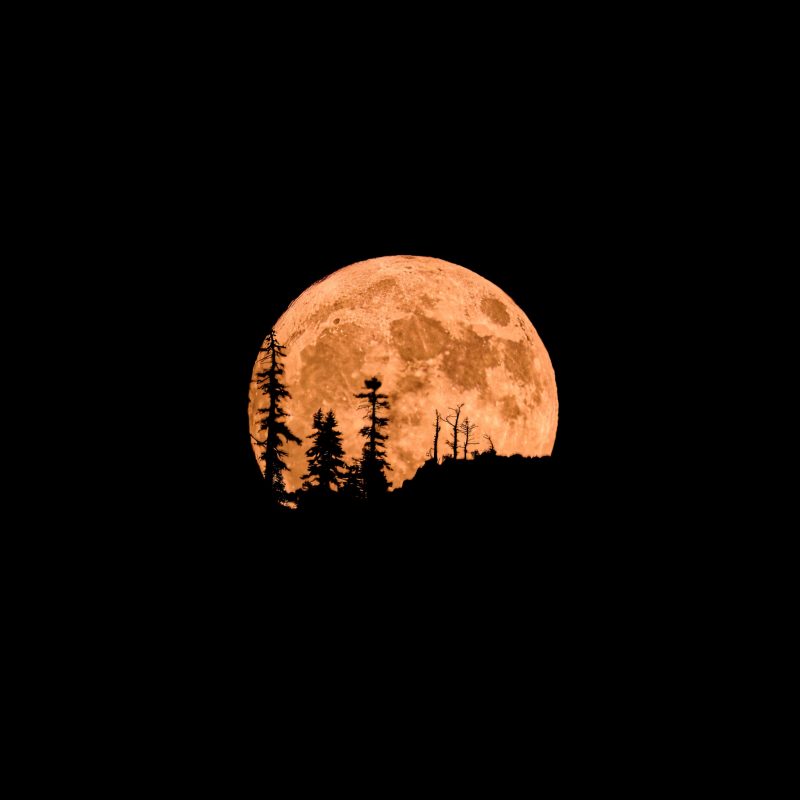The moon illusion is a trick of the mind
We’ve all seen a full moon looming large shortly after it rises, when it’s still hugging the horizon. And it’s true that the moon is sometimes closer to Earth than at other times, making it minutely larger in our sky. But those large supermoons aren’t noticeably large. The difference is barely discernible. When the moon viewed near the horizon looks larger than usual, your brain is playing a trick on you. It’s called the moon illusion.
Weirdly, we still don’t know the precise cause of the moon illusion. But the video above, from AsapSCIENCE, offers some explanations.
The main one is that, when the moon is near the horizon, you’re seeing it in the company of many familiar visual reference points: trees, buildings, mountains and so on. Your brain automatically compares the moon to these reference points. But when the moon is higher up, there’s nothing to compare it to. As AsapSCIENCE says:
The moon seems smaller against the vastness of the night sky.
A red or orange moon is a physical effect
By the way, there’s a second phenomenon that the moon displays when we see it near the horizon. That is, a low moon often appears red or orange in color. That reddish color is not an illusion. It’s a true physical effect, caused by the fact that – when the moon is low in the sky – you’re seeing it through a greater thickness of Earth’s atmosphere than when it’s overhead. The atmosphere filters out the bluer wavelengths of moonlight (which is really reflected sunlight). Meanwhile, it allows the red component of moonlight to travel straight through to your eyes. So a low moon is likely to look red or orange to you.
How do people get those photos of extra big moons seen near a horizon? They’re the result of photographic tricks and techniques, which you can read about here or here.

Bottom line: It’s nearly full moon. So you might see an extra-large-looking moon low in the sky. Why does the moon look so big? It’s because of the moon illusion.











